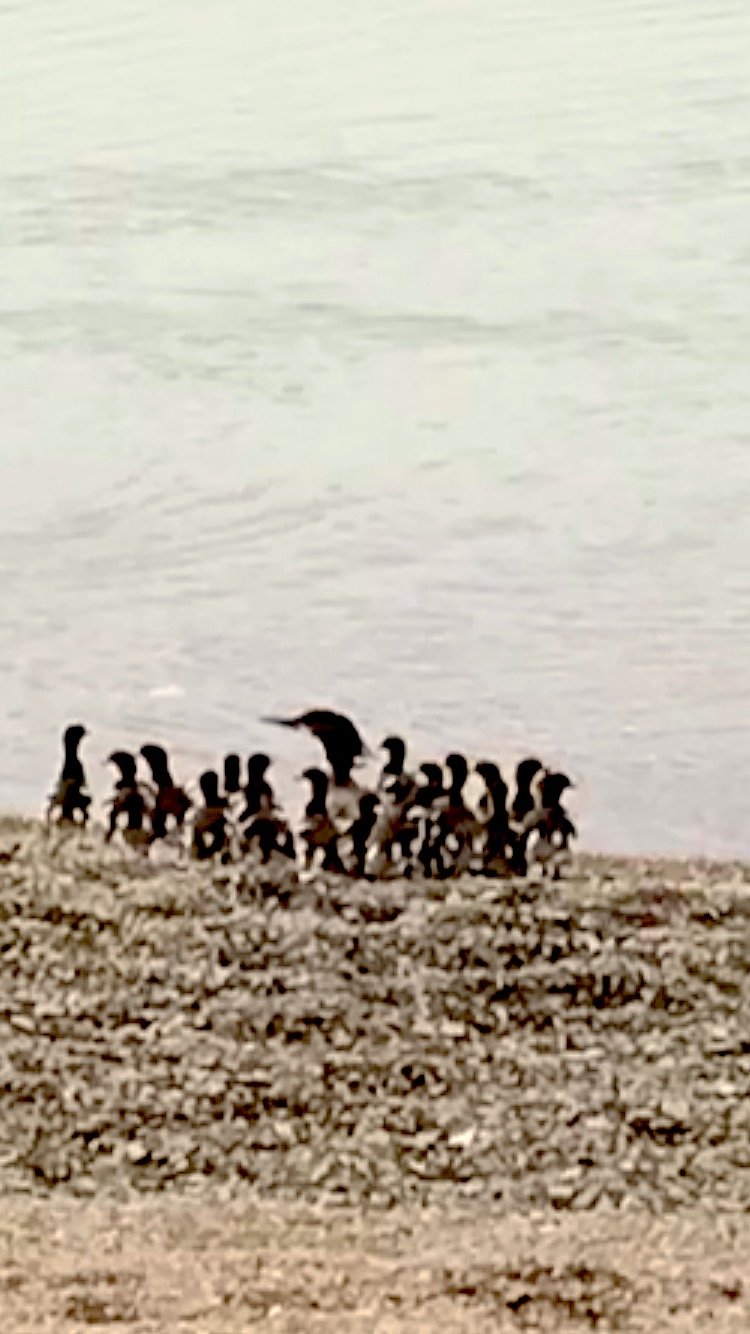Metaphors and Children’s Books
Guest Writer: Isabel Anders
“Metaphors are experience’s body doubles, standing in for actual objects and events. … Mental images can have the same effect on the body and the mind as actual physical events.” —James Geary.
Traveling by Metaphor
In James Geary’s book I Is an Other: The Secret Life of Metaphor, he points out that our neural systems for language, action, and metaphorical thinking overlap in the brain.
Jesus’ parables and other analogies in the Gospels make gold out of this connection in stories and examples that still create sparks of recognition—and sometimes action—in those who look to them for guidance.
We can’t decide ahead of time how to react to any given situation life might throw at us. However, establishing patterns of recognition, acting in small ways in accord with true values, and acknowledging our own will as part of the mix can significantly enhance our spiritual journeys.
In Oshan Jarow’s words, life may be “one big process of creatively optimizing prediction as a survival strategy in a universe otherwise tending toward chaos.” Metaphors are a creative step in deciding what to do next and what might ensue if we do (or don’t). We encounter them primarily in the story, in what happens to both fictional characters and actual people, and in what we can learn from them.
Experts in both language and behavior have repeatedly shown that emotions and compelling stories, and not facts alone, are what move us, motivate us—and perhaps will save us.
As Mother Bilbee, Isabel Anders builds a library of fresh, relevant, and ethical nursery rhymes and tales. M. T. Publishing will release the fourth Mother Bilbee title, Twinkle, Twinkle, Shining Star, and Row Your Boat Just as You Are! on April 1.
Isabel Anders
Joanna joannaseibert.com







